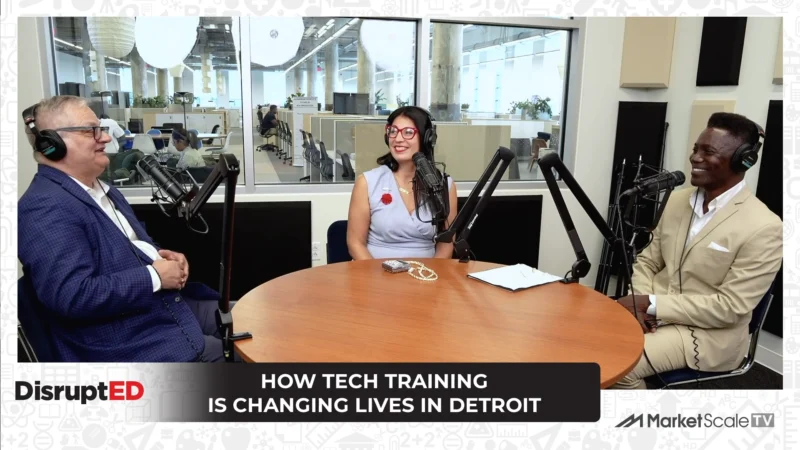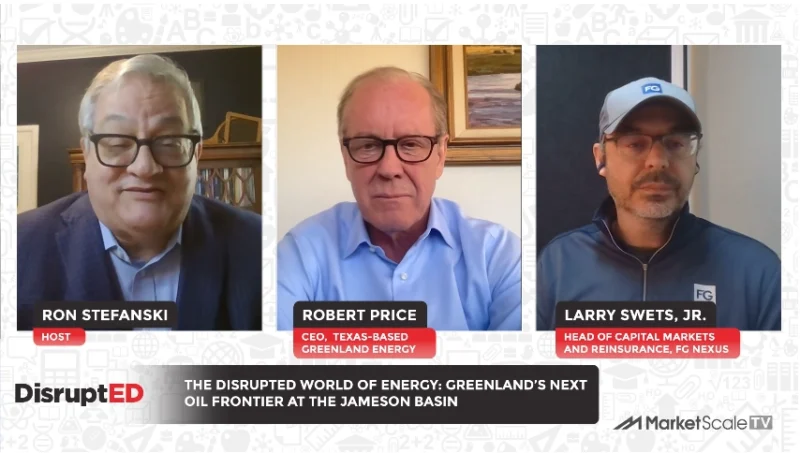How Calbright College Is Using AI, Micro-Internships, and Flexible Learning to Serve Adult Learners in California
At a time when traditional higher education is being reevaluated for its return on investment, institutions like Calbright College are emerging as transformative forces. With roughly 6.6 million students in California having some college experience but no degree, the pressure is on to create alternative pathways that are flexible, skill-driven, and aligned with workforce needs. Calbright’s innovative model—combining online delivery with competency-based education and job-focused programs—is leading that charge.
How can public higher ed evolve to meet the realities of adult learners and the modern job market?
Welcome to DisruptED. This episode features guest host Darin Francis in conversation with Dr. Shannon McCarty, Vice President of Learning and Instruction at Calbright College. Together, they unpack Calbright’s unique approach to workforce education, innovations in student support, and the role the college plays in statewide education and labor initiatives.
Key takeaways from the episode:
- Calbright is integrating AI tools and micro-internships to provide just-in-time support and real-world experience to learners.
- Durable skills like critical thinking and digital literacy are being embedded across all programs, not just technical training.
- The college plays a key role in California’s workforce development, aligning curriculum with industry needs and helping adults transition into well-paying careers.
Dr. Shannon McCarty is a seasoned academic leader with deep expertise in online learning, curriculum innovation, and competency-based education. She has held executive roles at institutions like Calbright College, National University, and Bay Path University, where she launched large-scale online programs, led multimillion-dollar grant projects, and advanced workforce-aligned degree pathways. Known for her strategic leadership and commitment to student success, she has been instrumental in designing scalable education models that integrate digital tools, microcredentials, and labor market data.
Article written by MarketScale.




